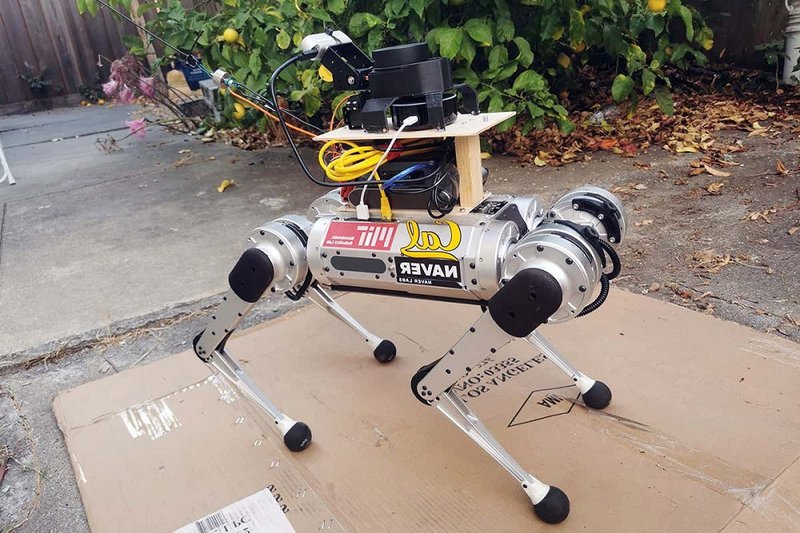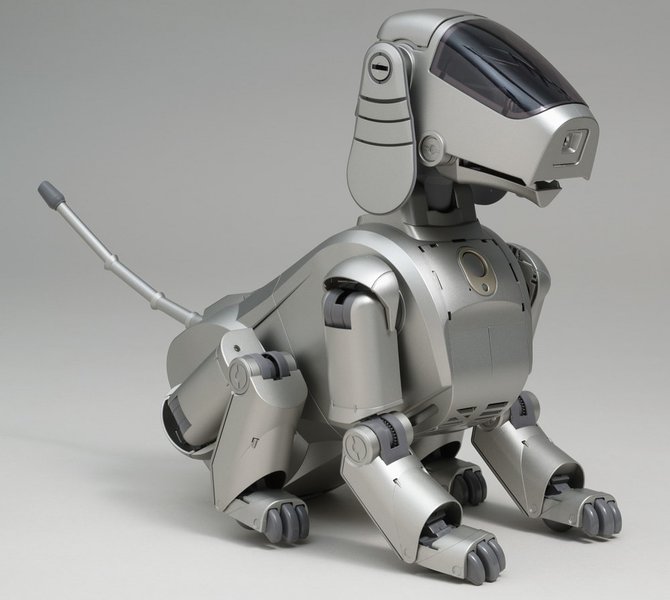After robbing millions of people of their jobs through workplace automation, robots are now going after jobs done by animals. This time, robots are going after seeing eye dogs, whose major role is to help people with visual impairments to navigate the world safely.
In a science paper published on March 26th, 2021, a group of scientists from the University of California, Berkeley, led by Zhongyu Li, have come up with a four-legged robodog that will autonomously help people with visual impairments to move around safely, even when faced with obstacles and narrow passages.
Anatomy Of Robodog

To develop the seeing robodog, the team added a laser ranging system to existing robotic dogs. It is this laser system that the seeing robodogs use to create an accurate map of their surroundings, after which they can then safely navigate through any obstacles in the environment, tagging their visually impaired humans along with them.
These robotic guide dogs are also equipped with a 360-degree rotating camera, which the dogs use to keep an eye on their master at all times.
At the moment, the technology is still in its early stages, and there is a lot more than the team needs to do before you start seeing blind people walking down the street with their robotic dogs. However, even at the current stage, the results from the robotic guide dogs are still impressive.
One of the greatest selling points of robotic guide dogs, according to Zhongyu Li, is the insanely fast learning time of robotic dogs. While living guide dogs offer companionship, emotional and navigational support to their masters, it takes too much time and money to train them to be reliable guide dogs.
With robotic guide dogs, you don’t have to worry about this expensive training. All it takes to get a robotic guide dog ready to navigate around the streets is a simple software update.
What’s more, as the navigational software improves, such improvements can be simply pushed to the robotic dog with another update rather than additional months of training.
The Future With Robodogs
Robotic guide dogs offer several other advantages over living guide dogs. For instance, it is possible to equip robotic guide dogs with GPS, making it easier for them to navigate, even in new, unfamiliar places. This is impossible with living guide dogs.
In addition, it is possible to train the robotic guide dogs how to read and understand the meaning of various street signs that ensure safe movement in city environments. It is impossible to train living guide dogs to recognize and understand such signs, partly because real-life dogs are blind to colors like red and green.
The greatest downside robotic guide dogs have compared to living guide dogs is the ability to offer the same kind of companionship and emotional support that the latter provides.
However, with people getting more used to having robots around, and with some even getting married to robots, it’s only a matter of time before people start forming actual emotional bonds with their robotic guide dogs.





